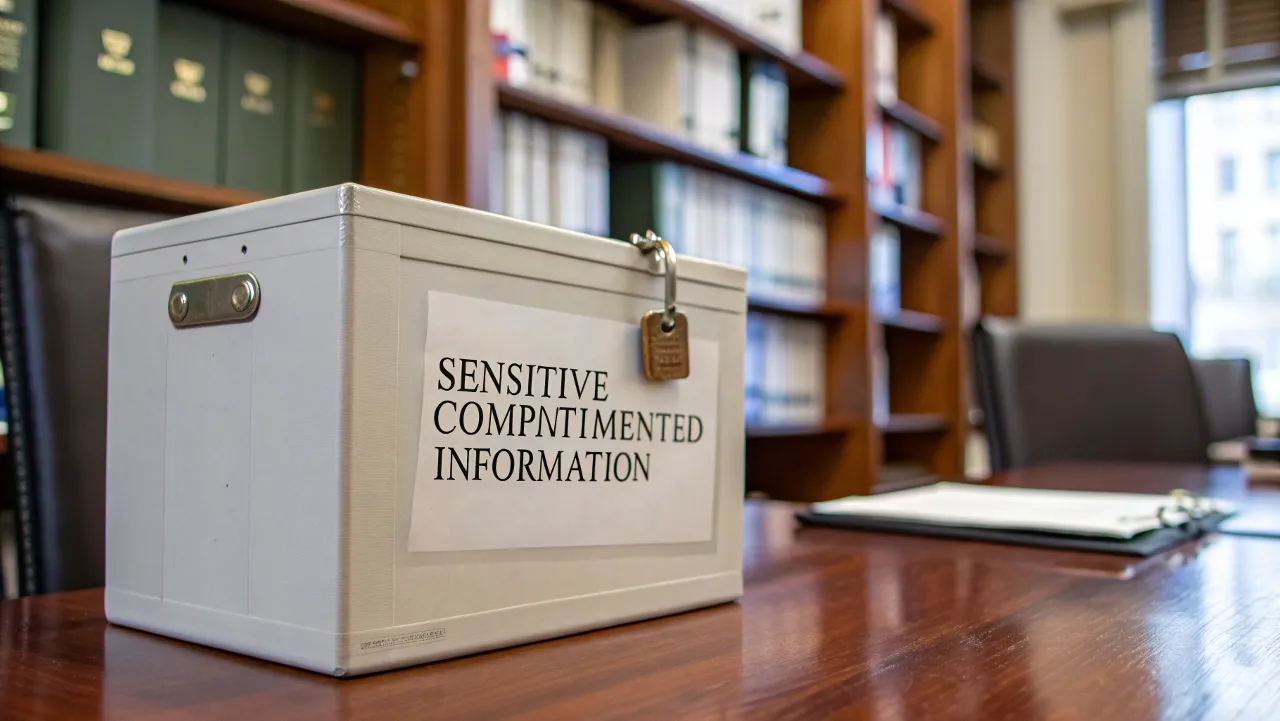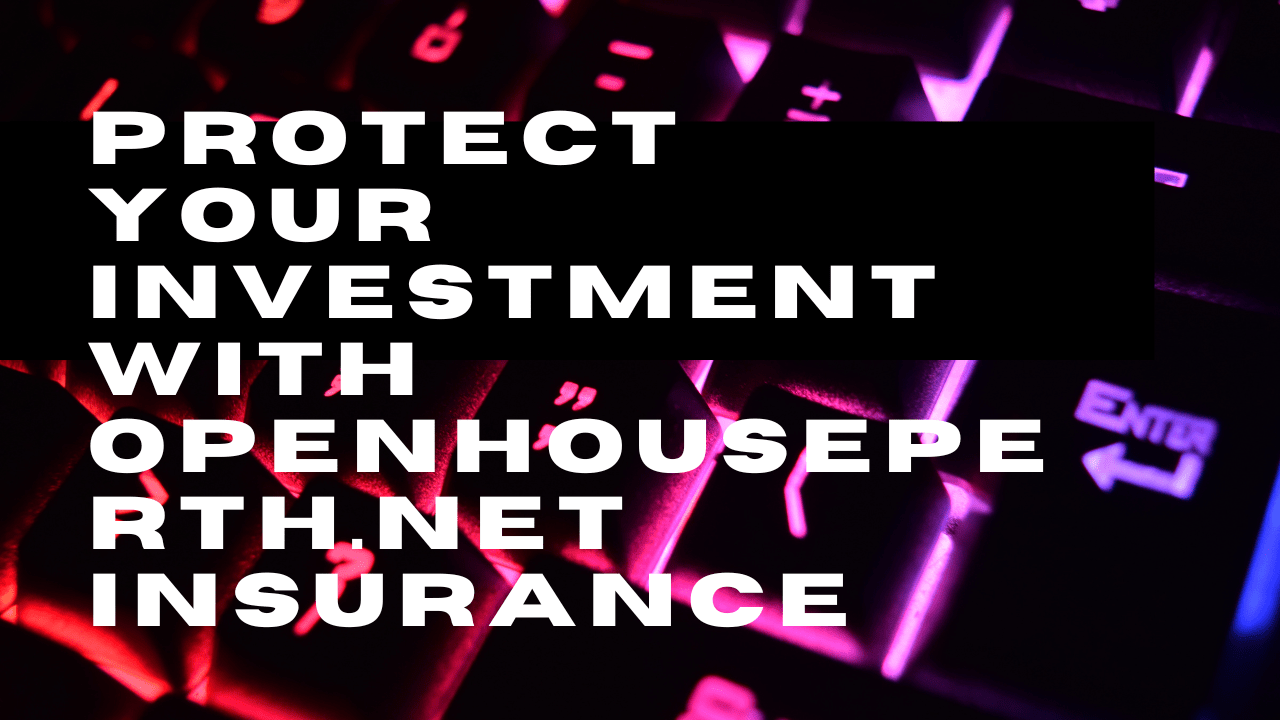Table of Contents
If you’ve ever wondered which of the following describes Sensitive Compartmented Information, you’re not alone. It’s a question that often comes up in discussions about national security and intelligence work.
Sensitive Compartmented Information, commonly known as SCI, represents some of the most closely guarded classified data in the United States.
But what makes it different from other classifications like Top Secret or Confidential? This article dives into the world of SCI to uncover what it is, why it exists, and who gets to access it—all while keeping your curiosity satisfied and your search engines happy.
What Makes Certain Information Extra Sensitive?
Understanding SCI helps to grasp why certain government information gets extra protection. SCI covers details related to intelligence sources, methods, or analytical processes.
Think spy missions, cyber surveillance strategies, or foreign asset identities. If this kind of information were leaked, it could cost lives, compromise operations, or even threaten national security.
Not Just “Top Secret”—It’s More Than That
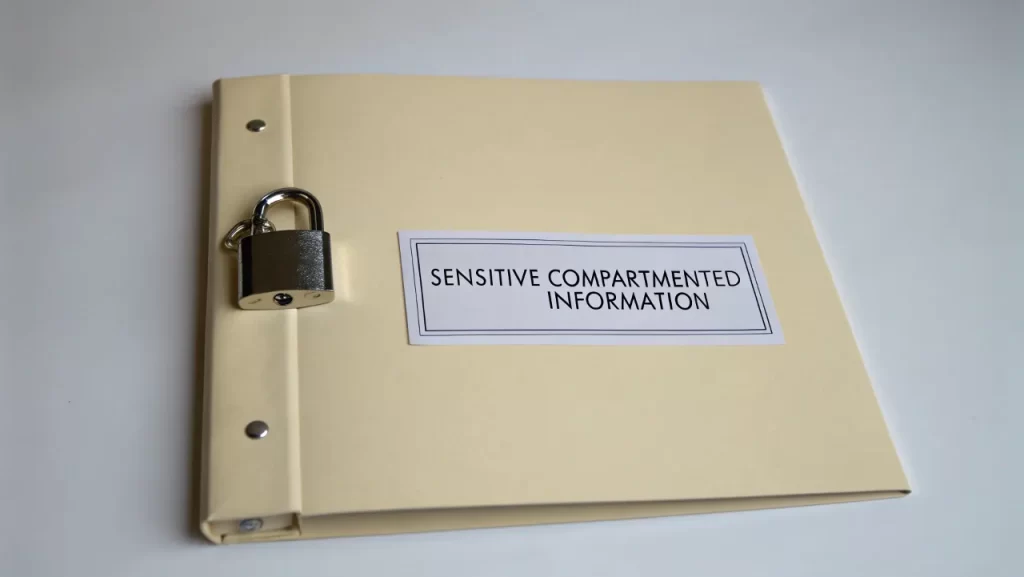
Many assume Top Secret clearance is the highest you can go. While it’s true that SCI often falls under the top-secret classification level, it adds an extra layer of security. Having a Top Secret clearance alone doesn’t grant you access to SCI. You also need specific permission for each compartment of SCI material, along with a demonstrated need-to-know.
The Role of a SCIF in Protecting SCI
Sensitive Compartmented Information must be handled within special facilities called SCIFs—Sensitive Compartmented Information Facilities. These are secure, access-controlled areas where no unauthorized person can enter. SCIFs block radio signals, prevent eavesdropping and have strict entry rules, including biometric scanning and escort requirements.
Also Read: The Importance of a Student Driver Magnet: A Guide for New Drivers and Their Families
Why “Need-to-Know” Really Matters
Even if you’re cleared to see classified information, SCI isn’t automatically available. You must also prove that you have a valid, job-related need to access that specific information. This policy ensures that even within the intelligence and military communities, access is tightly restricted.
How Is SCI Managed Across Agencies?
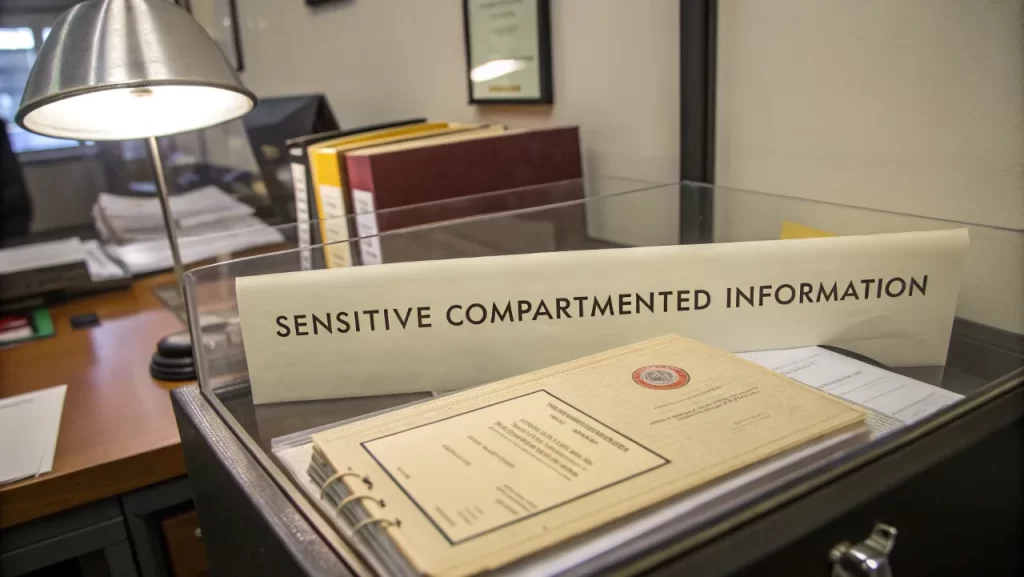
SCI isn’t managed by just one office. Different departments like the CIA, NSA, and Department of Defense determine what qualifies as SCI within their operations. They establish compartments based on projects or programs, and these compartments are not always shared between agencies.
Indoctrination and SCI Access
Gaining access to SCI isn’t as simple as being handed a badge. Individuals undergo a formal process called indoctrination, which includes signing non-disclosure agreements and completing training on how to handle this sensitive material. This step ensures everyone understands the gravity of the responsibility.
Also Read: What Is A Common Allegation Mean: What They Mean Legal guilty
SCI vs. Controlled Unclassified Information (CUI)
People often confuse SCI with CUI—Controlled Unclassified Information. But here’s the key difference: SCI is classified and can cause serious damage to national security if exposed. CUI, on the other hand, is still sensitive but doesn’t fall under classified status and doesn’t require the same level of protection.
Can Anyone With Security Clearance Access SCI?
Absolutely not. Security clearance is just one piece of the puzzle. You must also be read into the specific SCI compartment, meaning you’ve been granted access based on job function and need-to-know. This multi-step process is what makes SCI so hard to access—and so well protected.
Penalties for Mishandling SCI
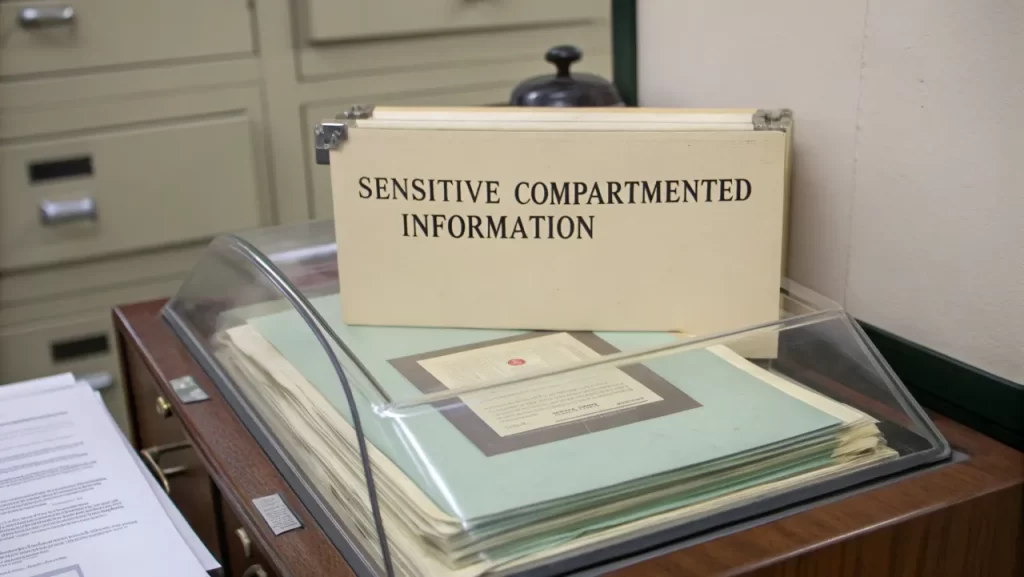
The consequences for mishandling SCI are steep. Leaks or unauthorized sharing can result in criminal charges, job loss, or even prison time. Because of the sensitive nature of SCI, the U.S. government doesn’t take violations lightly, even if they were unintentional.
Why SCI Still Matters in a Digital World
In an age where digital threats are constant, the importance of SCI has only grown. Cyberattacks, data breaches, and foreign espionage are real threats. The secure handling of SCI ensures the U.S. can protect its most sensitive data in a connected world.
A Critical Asset to National Security
So, which of the following describes Sensitive Compartmented Information? The correct answer isn’t just about having a clearance or working for the government. SCI is a category of information that demands the highest level of control, responsibility, and security.
It’s not just classified—it’s compartmented, meaning only those who truly need it ever see it. Whether you’re studying for a government exam, working in the defense sector, or simply curious, understanding SCI helps you appreciate just how seriously national security is taken.
FAQs
What is Sensitive Compartmented Information (SCI)?
SCI is classified information related to intelligence sources or methods that requires extra security measures and access controls.
Is SCI higher than Top Secret?
Not exactly. SCI is not a classification level, but a handling category that overlays classification levels like Top Secret for more restricted access.
Who can access SCI?
Only individuals with proper security clearance and a demonstrated need-to-know are granted access, after formal indoctrination.
What is a SCIF?
A SCIF (Sensitive Compartmented Information Facility) is a secure location where SCI is stored, processed, or discussed under strict controls.

